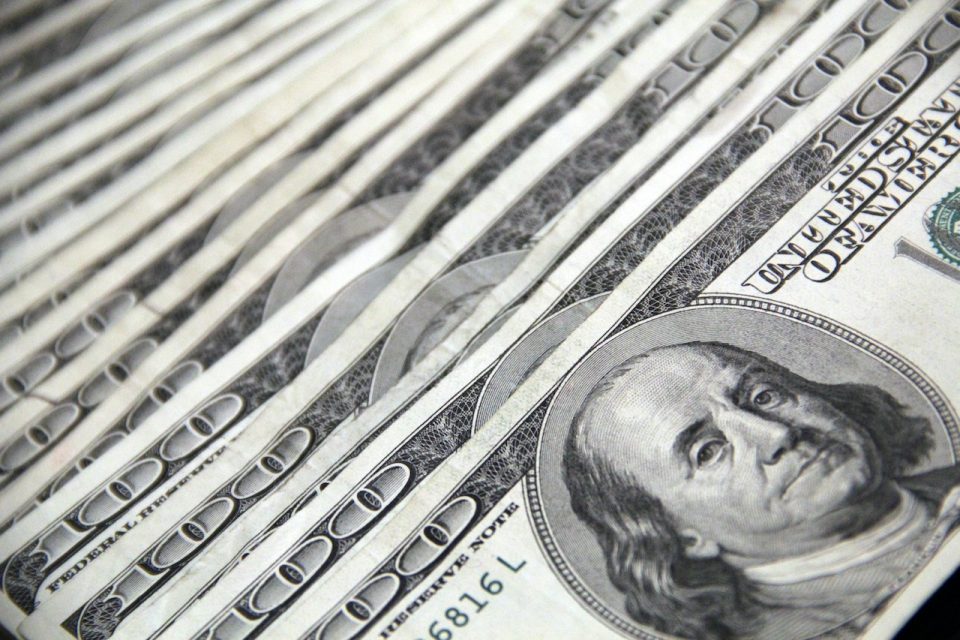Executives at Charles Schwab announced a positive turn in their cash realignment issues, indicating that clients’ movement of funds from the bank into higher-yield options is beginning to stabilize despite enduring high interest rates. Chief Financial Officer of Charles Schwab, Peter Crawford, stated in a Monday release coinciding with the firm’s third-quarter results, “Cash realignment activity decelerated further during the quarter — even with the brief uptick in August and an increase in long-term interest rates.”
During the third quarter, the Westlake-based firm witnessed a 28% drop in deposits, amounting to $284.4 billion, compared to the preceding year, surpassing the average analyst estimate of $268.8 billion, as per Bloomberg’s survey.
As a result of this development, Schwab’s shares experienced a 3.7% surge, reaching $53.22 at 10:05 a.m. in New York.
Net interest revenue for the company plummeted by 24%, landing at $2.2 billion from the previous year due to clients shifting their funds into higher-yielding alternatives. The quarter yielded $46 billion in core net new assets, with September’s total standing at $27 billion — a 32% decrease from the previous year. The adjusted earnings per share stood at 77 cents, slightly surpassing the estimated 74 cents.
Comparatively, net revenues registered a 16% dip from the previous year, amounting to $4.6 billion, narrowly missing analysts’ forecasts. The firm projected a full-year 2023 revenue decrease ranging from 8% to 9% compared to the preceding year, as indicated during its earnings presentation. However, executives assured analysts that Schwab is poised to benefit from elevated rates, courtesy of its diverse array of variable-rate products.
Charles Schwab’s banking arm has felt the pressure from the Federal Reserve’s series of interest rate hikes over the past 18 months, a significant revenue source for the company. This drive to combat inflation led some clients to shift their funds from the bank to alternative investment options, including money-market funds, in a phenomenon known as “cash sorting.”
Previously, company leaders communicated their belief that the most severe phase of this deposit migration had passed and projected a resurgence in growth by year-end.
Since the onset of this year, the stock experienced a 38% decline, a consequence of the upheaval that impacted mid-size banks earlier in the spring. In late August, the firm issued senior notes amounting to approximately $2.4 billion, as Crawford noted on Monday, further reinforcing their diversified liquidity profile.
Anticipating early debt maturities in the coming year, Crawford indicated the likelihood of further debt issuance, stating it will be done “to build up extra liquidity.”
Additionally, the firm has identified avenues for enhanced operational efficiency, a process that will involve “harnessing the benefits of increased automation,” according to CEO Walt Bettinger. He added, “Once fully implemented, we expect these actions to deliver at least $1 billion of incremental annual expense savings.”
The integration with TD Ameritrade remains an ongoing endeavor, with the unveiling of a revamped trading platform, partly constructed on TD Ameritrade’s systems, announced on Monday.
James Kostulias, Managing Director and Head of Trading Services at Schwab, lauded the development, stating, “It’s a super-charged, holistic retail trading experience that surpasses its predecessors and makes Schwab the clear destination for retail trading. Trading is a huge focus for us at Schwab and represents a critical part of our overall business as we go forward.”
In conclusion, the successful cash realignment efforts of Charles Schwab signal a positive trajectory for the financial institution.

